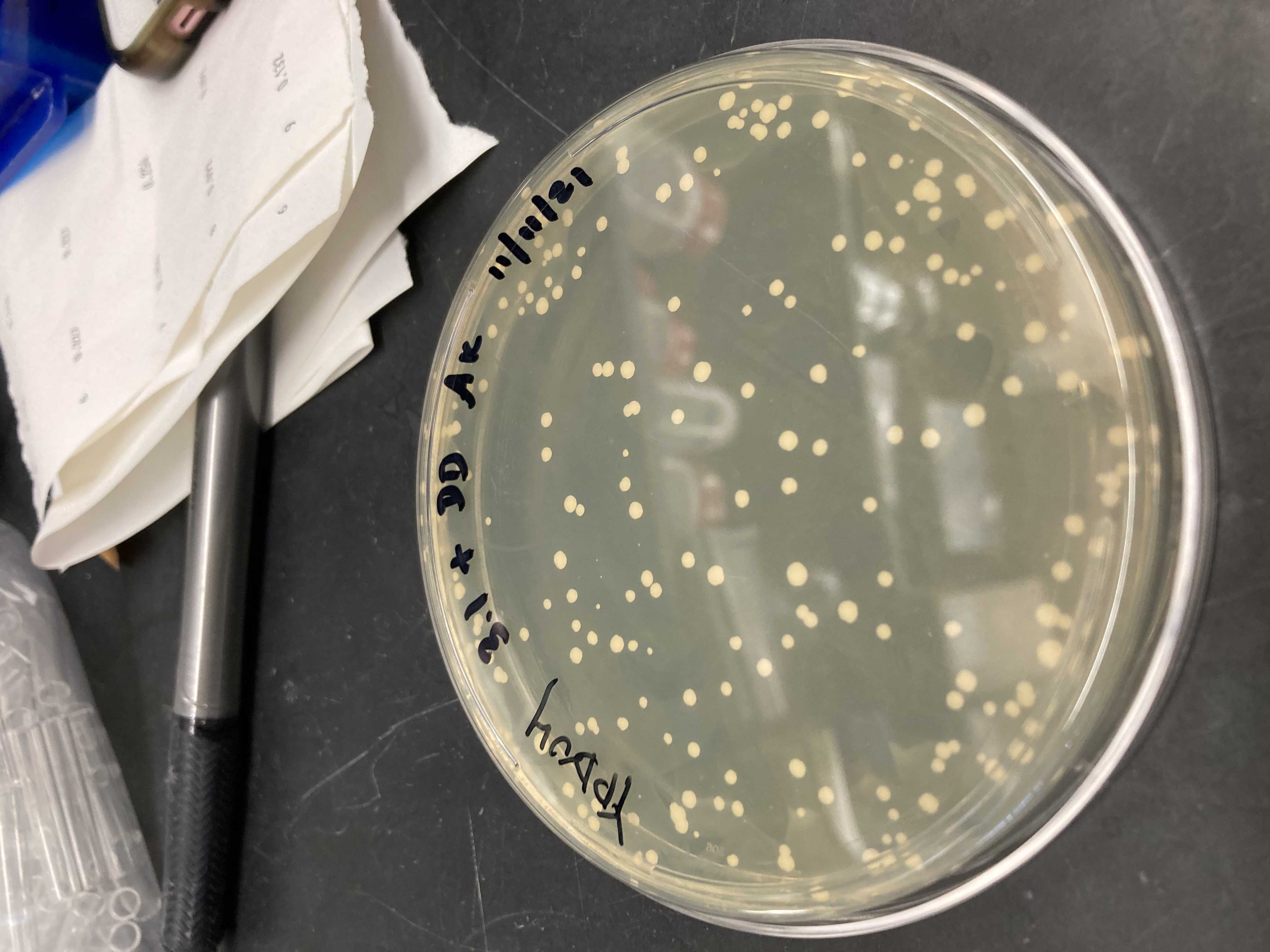Colony PCR for screening transgenic yeast
Anbarasu Karthikaichamy
Disclaimer
DISCLAIMER – FOR INFORMATIONAL PURPOSES ONLY; USE AT YOUR OWN RISK
The protocol content here is for informational purposes only and does not constitute legal, medical, clinical, or safety advice, or otherwise; content added to protocols.io is not peer reviewed and may not have undergone a formal approval of any kind. Information presented in this protocol should not substitute for independent professional judgment, advice, diagnosis, or treatment. Any action you take or refrain from taking using or relying upon the information presented here is strictly at your own risk. You agree that neither the Company nor any of the authors, contributors, administrators, or anyone else associated with protocols.io, can be held responsible for your use of the information contained in or linked to this protocol or any of our Sites/Apps and Services.
Abstract
Colony PCR protocol for screening transgenic yeast
Before start
Prepare 10millimolar (mM) sodium hydroxide (NaOH)
Steps
Incubate the plate in a 30°C incubator for 2 days.
After 2 days, pick around 8 colonies from the re-streaked plate using the smallest micropipette tip or sterile wooden toothpick.
Re-suspend the cells into 20µL of 10millimolar (mM) sodium hydroxide (NaOH) by twirling the pipette tip or wooden toothpick inside the NaoH solution.
Microwave the PCR tubes at the highest power setting for 0h 5m 0s.
Take the PCR tubes out of the microwave oven and briefly spin to pellet down the cells using a bench-top centrifuge.
Without disturbing the pellet, carefully aspirate 2µL out of the tubes and use it as template for PCR.
The PCR reaction mix and the primer annealing temperatures can be adjusted depending on the polymerase and the primer pair used.



